
How Inductors Store Energy?
Global electronic component supplier ERSAELECTRONICS: Rich inventory for one-stop shopping. Inquire easily, and receive fast, customized solutions and quotes.
What are Inductors?
Inductors are passive electronic components that store energy in the form of a magnetic field. They are widely used in electrical and electronic circuits for various purposes, including energy storage, filtering, and signal processing. Inductors consist of a coil of wire wound around a core material, which can be air, iron, or a magnetic material like ferrite.
The basic principle behind the operation of an inductor is Faraday's law of electromagnetic induction. When an electric current flows through the coil, a magnetic field is generated around it. This magnetic field stores energy in the form of magnetic flux. The strength of the magnetic field and the amount of energy stored depend on the number of turns in the coil, the current flowing through it, and the core material.
One of the primary functions of an inductor is to oppose changes in current flow. According to Lenz's law, when the current through an inductor changes, the magnetic field also changes. This change in the magnetic field induces a voltage in the coil that opposes the change in current. This property is utilized in various applications, such as smoothing out current fluctuations, filtering out unwanted frequencies, and providing impedance in AC circuits.
Inductors are characterized by their inductance, which is a measure of their ability to store energy in the magnetic field. Inductance is typically measured in henries (H) and depends on factors such as the number of turns, the coil geometry, and the core material. Inductors with higher inductance values store more energy for a given current change.
In addition to their energy storage capabilities, inductors also have other important properties. They exhibit self-resonance, which is the frequency at which the inductor's inductance and capacitance combine to create a resonant circuit. This property is utilized in applications such as radio frequency (RF) tuning and filtering.
Inductors also have a property called series resistance, which is the resistance associated with the wire and core material. This resistance can cause power loss and affect the performance of the circuit. Therefore, in high-frequency applications, inductors with low series resistance are preferred.
Inductors come in various shapes and sizes, ranging from small surface-mount components used in integrated circuits to larger toroidal or solenoid inductors used in power electronics. The choice of inductor depends on the specific application requirements, including the desired inductance value, current rating, frequency range, and physical constraints.
Overall, inductors are essential components in electronic circuits, enabling energy storage, signal processing, and electromagnetic interference suppression. Their versatility and wide range of applications make them indispensable in various industries, including aerospace, telecommunications, automotive, and power systems.

How Inductors Work?
Inductors are passive electronic components that store energy in the form of a magnetic field. They are widely used in electrical and electronic circuits for various purposes, including energy storage, filtering, and signal processing. Inductors consist of a coil of wire wound around a core material, which can be air, iron, or a magnetic material like ferrite.
The basic principle behind the operation of an inductor is Faraday's law of electromagnetic induction. When an electric current flows through the coil, a magnetic field is generated around it. This magnetic field stores energy in the form of magnetic flux. The strength of the magnetic field and the amount of energy stored depend on the number of turns in the coil, the current flowing through it, and the core material.
One of the primary functions of an inductor is to oppose changes in current flow. According to Lenz's law, when the current through an inductor changes, the magnetic field also changes. This change in the magnetic field induces a voltage in the coil that opposes the change in current. This property is utilized in various applications, such as smoothing out current fluctuations, filtering out unwanted frequencies, and providing impedance in AC circuits.
Inductors are characterized by their inductance, which is a measure of their ability to store energy in the magnetic field. Inductance is typically measured in henries (H) and depends on factors such as the number of turns, the coil geometry, and the core material. Inductors with higher inductance values store more energy for a given current change.
In addition to their energy storage capabilities, inductors also have other important properties. They exhibit self-resonance, which is the frequency at which the inductor's inductance and capacitance combine to create a resonant circuit. This property is utilized in applications such as radio frequency (RF) tuning and filtering.
Inductors also have a property called series resistance, which is the resistance associated with the wire and core material. This resistance can cause power loss and affect the performance of the circuit. Therefore, in high-frequency applications, inductors with low series resistance are preferred.
Inductors come in various shapes and sizes, ranging from small surface-mount components used in integrated circuits to larger toroidal or solenoid inductors used in power electronics. The choice of inductor depends on the specific application requirements, including the desired inductance value, current rating, frequency range, and physical constraints.
Overall, inductors are essential components in electronic circuits, enabling energy storage, signal processing, and electromagnetic interference suppression. Their versatility and wide range of applications make them indispensable in various industries, including aerospace, telecommunications, automotive, and power systems.
How do Inductors Store Energy?
Inductors store energy in the form of a magnetic field. When an electric current flows through the coil of an inductor, a magnetic field is generated around the coil. The strength of this magnetic field is directly proportional to the current flowing through the coil.
The energy stored in an inductor is a result of the work done to establish the magnetic field. When the current through the inductor increases, energy is supplied to the inductor, and the magnetic field strength increases. Conversely, when the current decreases, the energy stored in the magnetic field is released.
The amount of energy stored in an inductor depends on its inductance, which is a measure of its ability to store energy in the magnetic field. Inductance is determined by factors such as the number of turns in the coil, the coil's geometry, and the core material.
The formula to calculate the energy stored in an inductor is given by:
E = (1/2) * L * I^2
Where:
E is the energy stored in the inductor,
L is the inductance of the inductor, and
I is the current flowing through the inductor.
As seen in the formula, the energy stored in an inductor is directly proportional to the square of the current and the inductance. This means that increasing either the current or the inductance will result in a higher energy storage capacity.
When the current through an inductor changes, the energy stored in the magnetic field is either released or absorbed. This property of inductors is utilized in various applications. For example, in power converters and inverters, inductors help smooth out current fluctuations and reduce voltage ripple by storing and releasing energy as needed.
It's important to note that inductors have some inherent characteristics that affect their energy storage capabilities. They have a property called series resistance, which is the resistance associated with the wire and core material. This resistance can cause power loss and affect the efficiency of energy storage in the inductor.
In summary, inductors store energy in the form of a magnetic field. The energy is stored when an electric current flows through the coil, and it is released or absorbed when the current changes. The amount of energy stored depends on the inductance of the inductor and the current flowing through it. Inductors play a vital role in various applications where energy storage and control are required.

Inductors vs Capacitors
Inductors and capacitors are two fundamental passive electronic components with distinct properties and applications. Here's a comparison between inductors and capacitors:
Inductors:
- Function: An inductor stores energy in its magnetic field when a current flows through it. It resists changes in current, acting as a temporary energy storage device.
- Symbol: The symbol for an inductor in circuit diagrams is a coil or spiral-shaped symbol.
- Impedance: Inductors have an impedance that increases with frequency. They exhibit low impedance to direct current (DC) and high impedance to alternating current (AC).
- Energy Storage: Inductors store energy in their magnetic field and release it back into the circuit when the current changes.
- Applications: Inductors are used in applications such as filters, transformers, inductance motors, power supplies, and energy storage devices.
Capacitors:
- Function: A capacitor stores energy in its electric field by accumulating charge on its plates. It resists changes in voltage, acting as a temporary energy storage device.
- Symbol: The symbol for a capacitor in circuit diagrams is two parallel plates separated by a gap, with a curved line representing the electric field.
- Impedance: Capacitors have an impedance that decreases with frequency. They exhibit high impedance to DC and low impedance to AC.
- Energy Storage: Capacitors store energy in their electric field and release it back into the circuit when the voltage changes.
- Applications: Capacitors are used in applications such as energy storage, smoothing power supplies, filtering signals, coupling and decoupling, timing circuits, and as part of oscillators.
Differences:
- Energy Storage: Inductors store energy in magnetic fields, while capacitors store energy in electric fields.
- Impedance: Inductors have high impedance to AC and low impedance to DC, while capacitors have high impedance to DC and low impedance to AC.
- Frequency Response: Inductors exhibit increasing impedance with frequency, while capacitors exhibit decreasing impedance with frequency.
- Reactance: Inductors have inductive reactance (XL), while capacitors have capacitive reactance (XC).
- Time Response: Inductors respond to changes in current, while capacitors respond to changes in voltage.
In summary, inductors and capacitors have different characteristics and applications due to their ability to store energy in different forms (magnetic or electric fields) and their impedance behavior. They are often used together in electronic circuits to control and manipulate signals and energy.
Can Inductors Work on DC?
Yes, inductors can work with direct current (DC), but their behavior is different compared to their behavior with alternating current (AC).
When a DC voltage is applied across an inductor, initially there is a transient response due to the change in current. The inductor resists changes in current, so it takes some time for the current to reach its steady-state value. Once the current reaches a steady state, it remains constant as long as the applied DC voltage remains constant.
In a steady-state DC circuit, the inductor behaves like a short circuit (ideal inductor) or a low-impedance component. This means that the inductor allows the flow of DC current through it with minimal opposition. The inductor stores energy in its magnetic field, and this energy remains constant as long as the applied DC voltage and current do not change.
It should be noted that the behavior of an inductor in a DC circuit is not frequency-dependent, unlike in AC circuits. Inductors find widespread use in DC applications such as inductance motors, power supplies, and energy storage devices. However, their primary applications and benefits are more pronounced in AC circuits, where their inductive reactance plays a crucial role in filtering, impedance matching, and energy transfer.
Applications for Inductors in Aerospace
Inductors play a crucial role in various aerospace applications. They are used in electrical systems to control and manage the flow of current. Here are a few examples of how inductors are utilized in aerospace:
1. Power Electronics: In aerospace systems, inductors are commonly used in power converters and inverters. These devices convert DC power to AC power or vice versa. Inductors help in smoothing out the current and reducing voltage ripple, ensuring a stable and reliable power supply to critical components.
2. Motor Control: Electric motors are extensively used in aerospace applications, such as aircraft actuators and control surfaces. Inductors are employed in motor control circuits to regulate the current and provide smooth operation. They help in reducing electromagnetic interference (EMI) and improving motor efficiency.
3. Filtering and EMI Suppression: Aerospace systems are exposed to various sources of electromagnetic interference, both internally and externally. Inductors are used in filtering circuits to suppress unwanted noise and harmonics, ensuring the proper functioning of sensitive electronic equipment.
4. Communication Systems: Inductors are utilized in radio frequency (RF) circuits and antennas for communication purposes. They help in impedance matching, signal filtering, and tuning, enabling efficient transmission and reception of signals in aerospace communication systems.
5. Energy Storage: Inductors are also employed in energy storage systems, such as flywheel energy storage or supercapacitors. They assist in storing and releasing energy efficiently, contributing to the overall power management and energy conservation in aerospace applications.
It's worth noting that in aerospace, inductors need to meet stringent requirements for reliability, weight, size, and temperature tolerance. They must be designed to withstand harsh environmental conditions, including extreme temperatures, vibrations, and electromagnetic interference.
Conclusion
Inductors store energy by creating a magnetic field when current flows through them. This magnetic field holds the energy, resisting changes in current. When the current changes, the inductor releases the stored energy back into the circuit. Inductors are used in various applications for energy storage and manipulation.
Related Articles
- ·Transistor Symbol: The Blockbuster Guide (With Zero Boring)
- ·ICD Electronics: Tiny Lightning, Relentless Reliability
- ·Smart Pill Dispensing Electronics: From Missed Doses to Mission Control
- ·Conditional Access Module (CAM): The Pay-TV Gatekeeper Engineers Actually Enjoy Reading About
- ·NC Formula Semiconductor: The Blockbuster Guide You Didn’t Know You Needed
- ·Electrosurgery Electronics: Turning RF Into a Surgical Superpower
- ·Endoscopic Imaging Electronics: Tiny Optics, Big Picture
- ·Instrument Cluster: The Dashboard Wizard That Makes You Feel Like Iron Man
- ·X-ray & CT Electronics: From Kilovolts to Reconstruction
- ·MRI Core Electronics: From Quench to K-Space


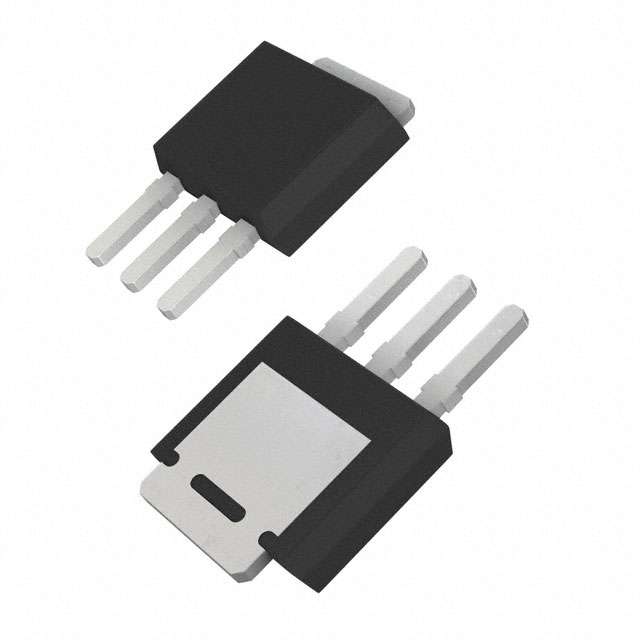
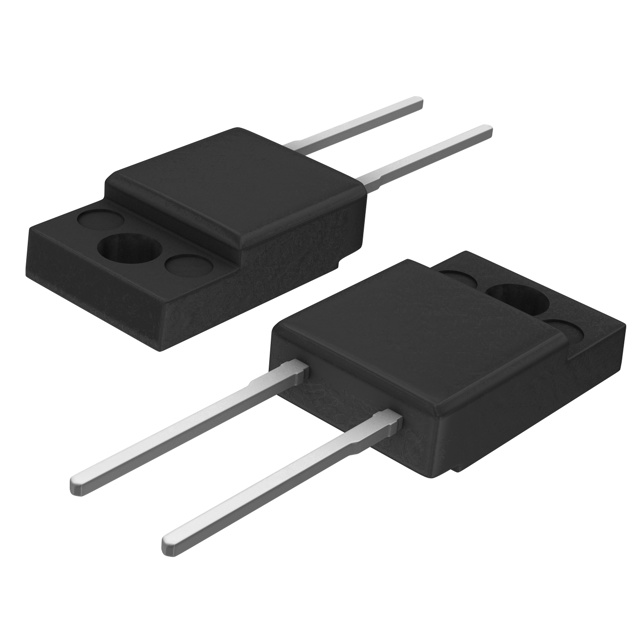

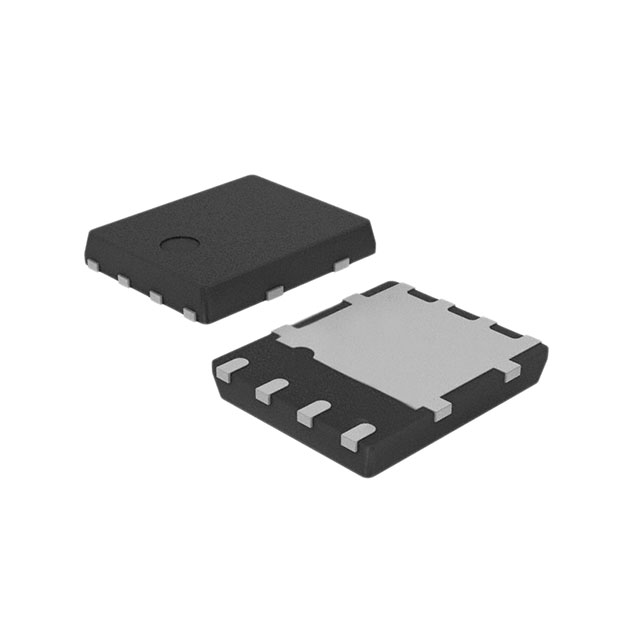
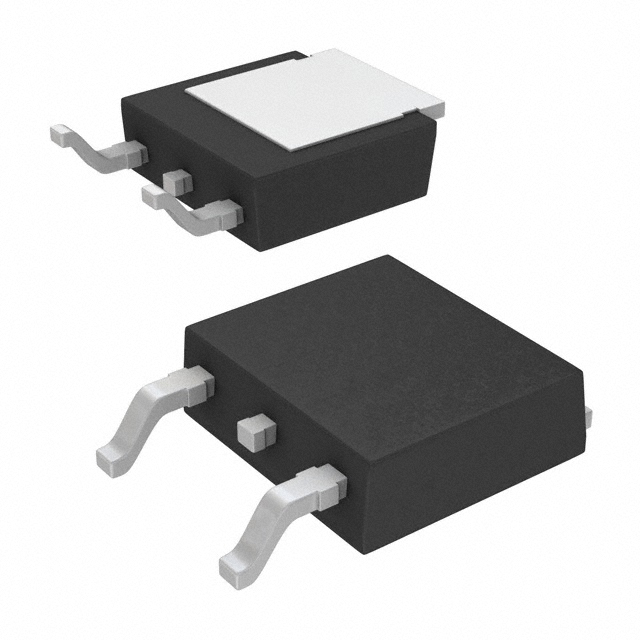
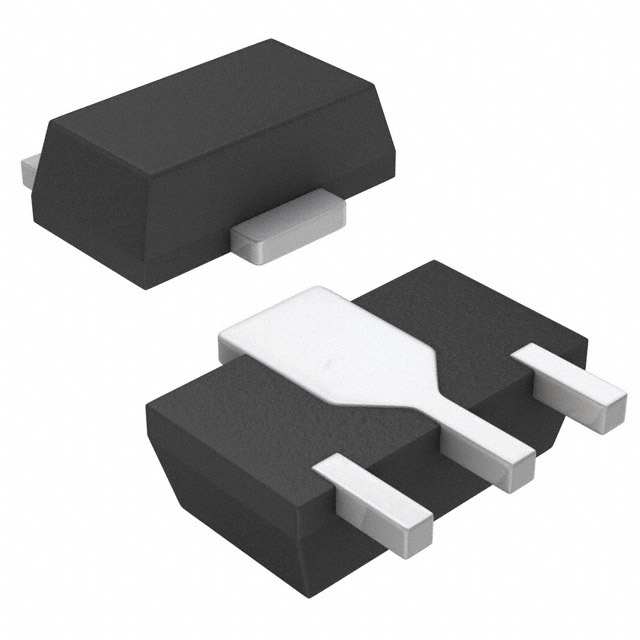







.png?x-oss-process=image/format,webp/resize,h_32)










